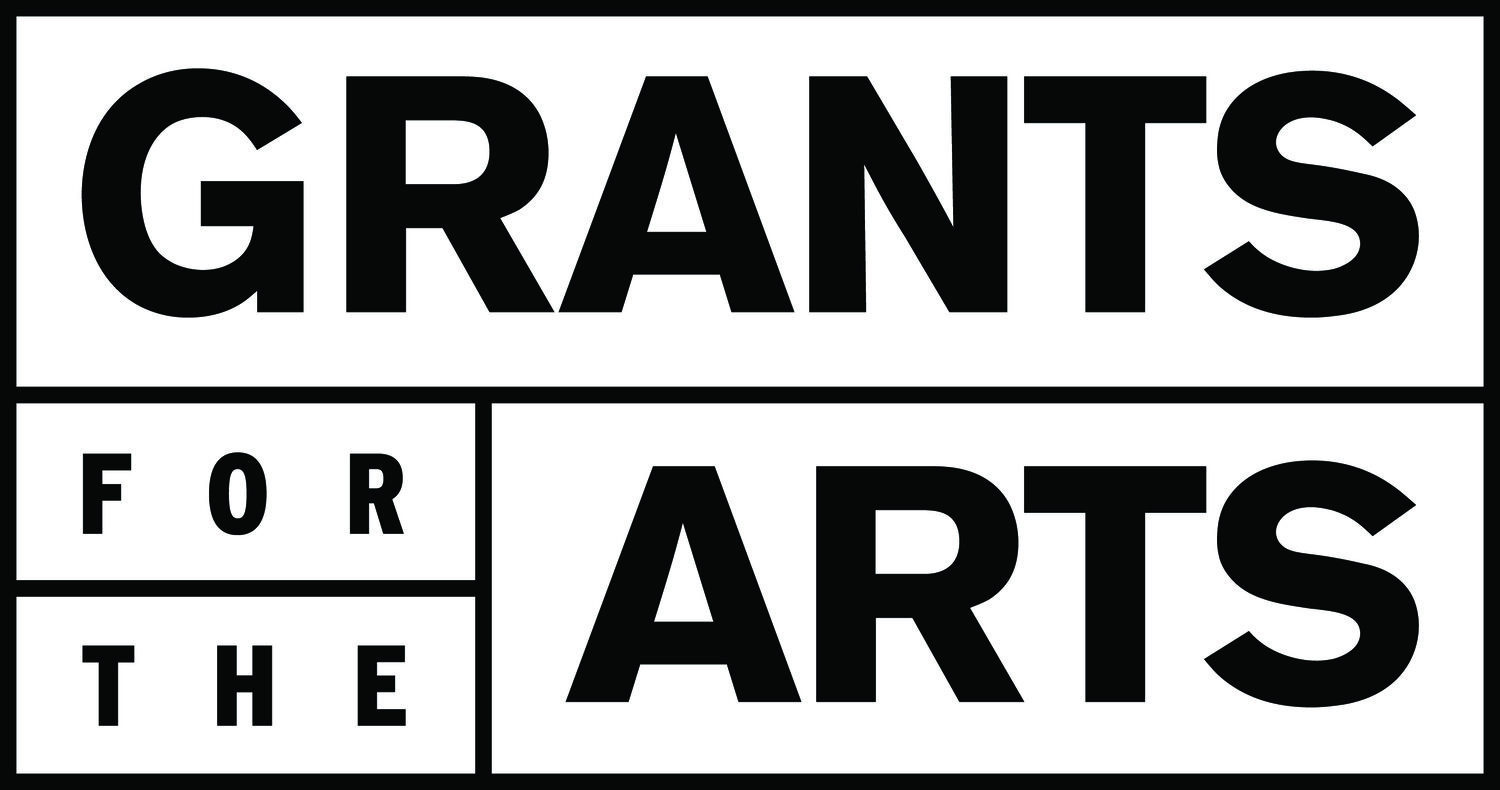Click image to enlarge
Francis Frith
South End of the Island of Philae, 1857
Estimated Value: $500
Albumen print
6.25 x 9 inches
Unframed
Signature scratched onto the plate
Donated by Alison Taggart-Barone and Larry Barone.
In 1856, Francis Frith traveled to Egypt to photograph ancient monuments using a mobile wicker darkroom in the darkest spots he could find. This allowed him to achieve his striking photographic results in a land of overwhelming light and heat. This so-called collodion process had to be completed within 15 minutes as well, which added a layer of drama to the proceedings.
Francis Frith's resulting photographs received such wide acclaim that he returned to Palestine, Syria, and Egypt twice before 1860, traveling farther up the Nile than any shutterbug before him. His pioneer spirit in this regard was a valuable commodity in the mid-19th century West, when photographic "proof" of the Holy Land was in high demand.
About the Artist:
Francis Frith
Francis Frith (also spelled Frances Frith, 7 October 1822 – 25 February 1898) was an English photographer of the Middle East and many towns in the United Kingdom. Frith was born in Chesterfield, Derbyshire, attending Quaker schools at Ackworth and Quaker Camp Hill in Birmingham (ca. 1828–1838), before he started in the cutlery business. He suffered a nervous breakdown in 1843, recuperating over the next two years. In 1850 he started a photographic studio in Liverpool, known as Frith & Hayward. A successful grocer, and later, printer, Frith fostered an interest in photography, becoming a founding member of the Liverpool Photographic Society in 1853. Frith sold his companies in 1855 in order to dedicate himself entirely to photography. He journeyed to the Middle East on three occasions, the first of which was a trip to Egypt in 1856 with very large cameras (16" x 20"). He used the collodion process, a major technical achievement in hot and dusty conditions.





